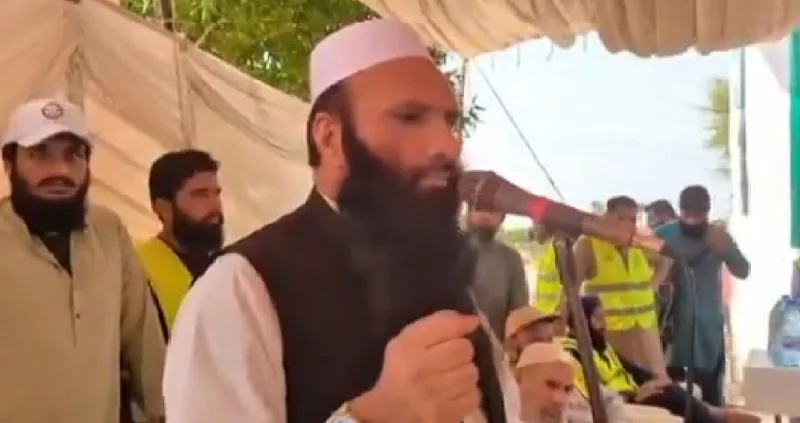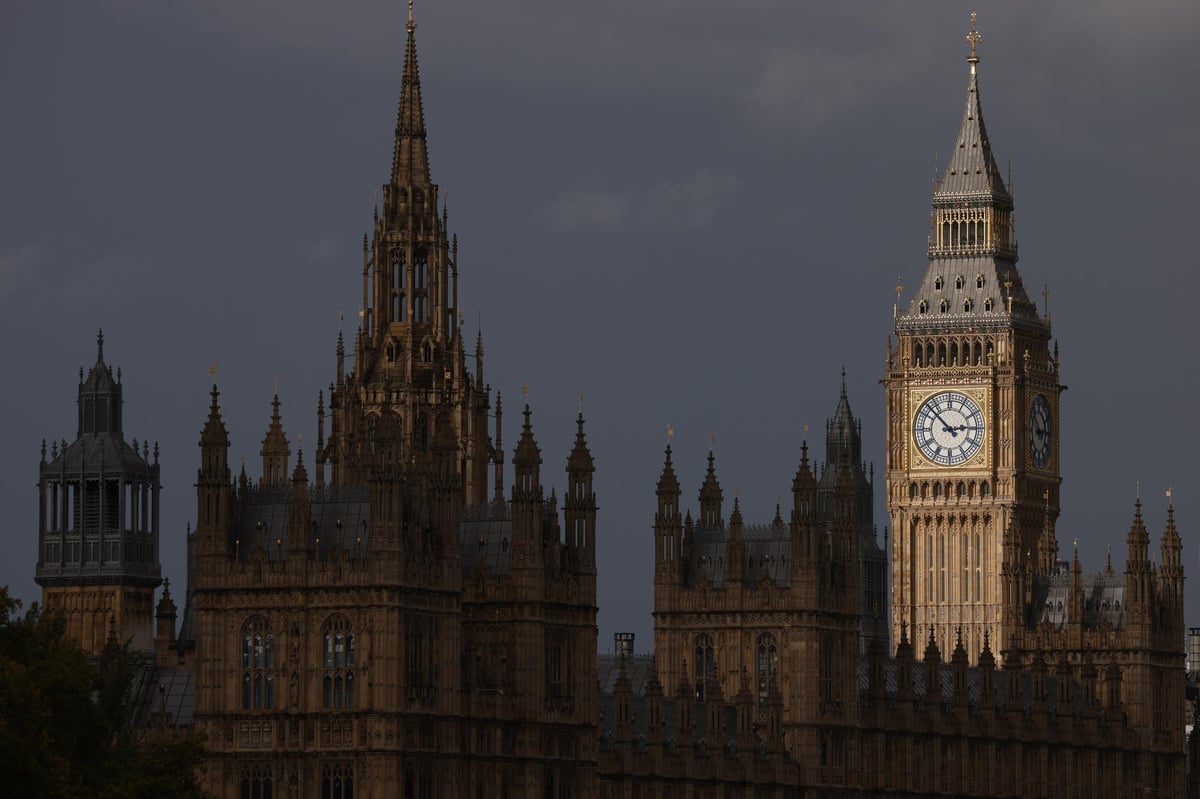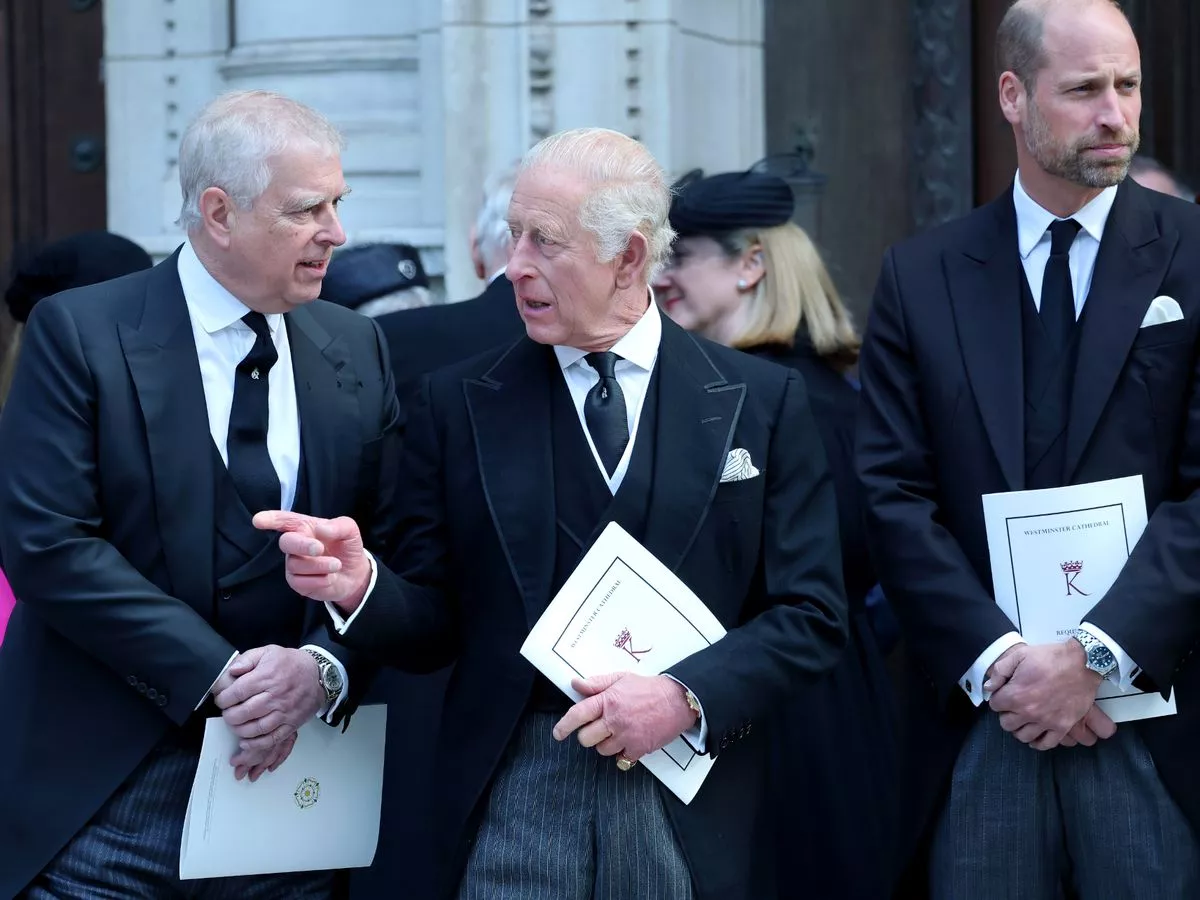Approximation exercise to be taken up to identify beneficiaries of Ayushman Bharat Vay Vandana scheme
By Afshan Yasmeen
Copyright thehindu

Karnataka’s Health Department will take up an approximation exercise to identify beneficiaries for the Ayushman Bharat Vay Vandana (ABVV) scheme, which promises free medical treatment to all senior citizens aged 70 and above, regardless of their economic status. A government notification on the rollout of the scheme in the State was issued on September 17.
The implementation of ABVV was put on hold in Karnataka due to a lack of clarity on fund-sharing between the Centre and the State. Under the Ayushman Bharat Pradhan Mantri Jan Arogya Yojana (AB PM-JAY), the Centre has been providing support to 69 lakh families based on the 2011 Socio-Economic and Caste Census (SECC) data with a 60:40 sharing ratio between the Centre and State.
With several States already rolling out the ABVV scheme, there has been a growing demand for its implementation in Karnataka as well. Now, following a workshop organised by the Centre last month, officials stated that the Health Department sought the State Cabinet’s approval to conduct an approximation exercise to identify senior citizens through proxy indicators.
“While the Centre currently supports the SECC-linked 69 lakh families under existing health schemes, there are many eligible families that fall outside this database. Since it is impossible to identify them using outdated SECC identifiers, we are working on an approximation exercise to cover those left out,” Harsh Gupta, Principal Secretary (Health and Family Welfare), told The Hindu on Thursday.
Proxy indicators
Pointing out that the Centre has also advised other States to use their own methods of identification, Mr. Gupta said: “In Karnataka, we are adopting proxy indicators such as families with children studying in government schools or anganwadis, recipients of widow or disability pensions, MNREGA wage earners, and people who have undergone procedures or availed themselves of treatment at government hospitals. These are practical indicators of identifying the poorest of the poor and most vulnerable in the absence of updated survey data.”
“We estimate that about 17 lakh additional families (with over 24 lakh senior citizens) will be included through this approximation. Based on past experience, only 7% to 8% of these families will actually seek treatment in a given year,” he said.
Fund sharing
On the fund sharing pattern, Mr. Gupta said: “The financial model is likely to follow a 60:40 cost-sharing ratio between the Centre and the State. Based on our calculations, we will submit the data to the Centre, seek their approval, and then begin implementation once the Cabinet gives its clearance. “Once we get clearance, the rollout can begin within weeks,” he said.
In November last year, Mr. Gupta wrote to the Union Health Secretary, pointing out that the State is entitled to receive ₹36.58 crore from the Centre for the scheme, as per the existing 60:40 sharing ratio.
He said the aim is to ensure that senior citizens are not denied healthcare because of financial barriers. “Our approximation method is a step towards covering those who were left out of the SECC framework,” he asserted.
Physical cards not needed
To simplify access, the State will not mandate pre-registration or physical cards. Instead, an electronic health card will be generated instantly at the time of hospital admission, linked to the patient’s mobile number and accessible through WhatsApp. This avoids unnecessary inconvenience to citizens, he added.



